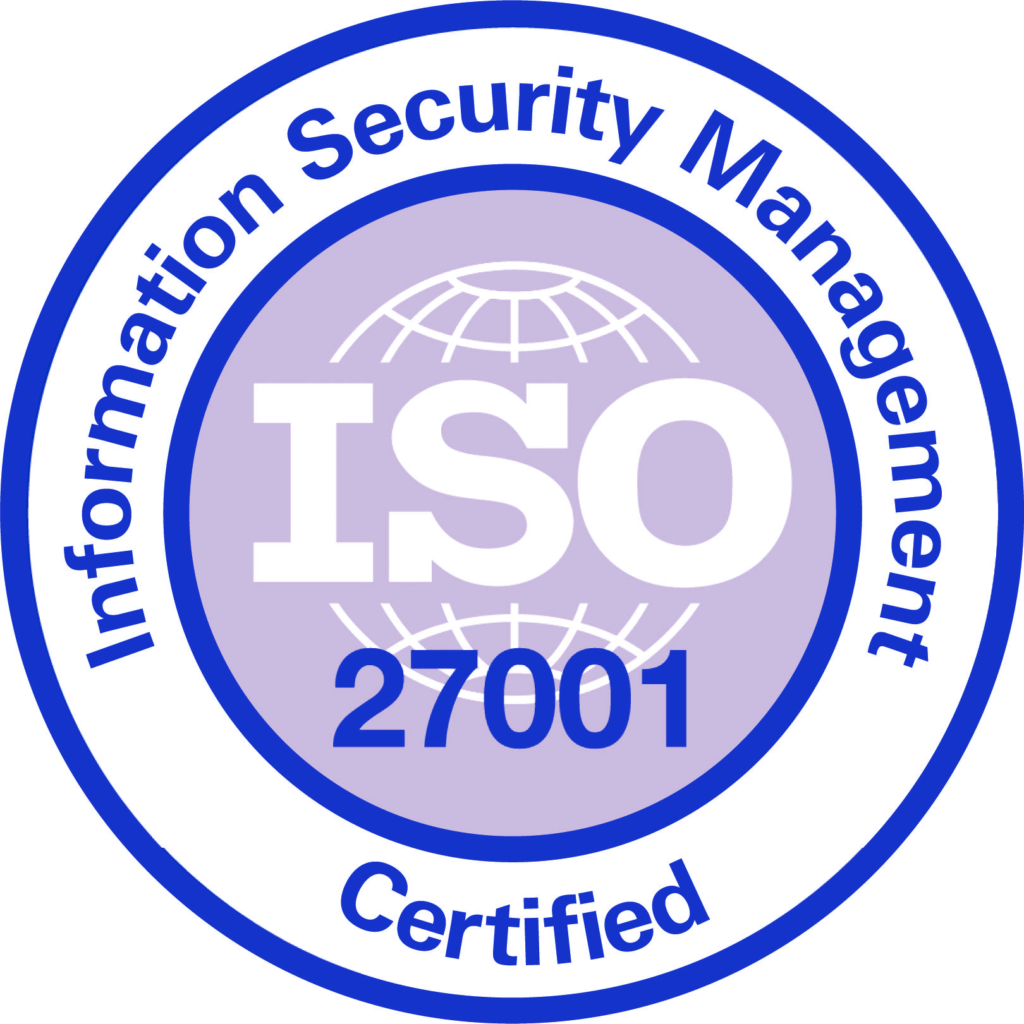
Creating a comfortable and attractive workplace is a primary goal for every company. Business leaders are constantly searching for ways to keep employees satisfied and productive, starting with amenities like a new must-have coffee machine to enhance the overall quality of the workplace. Moreover, optimising office space usage is equally crucial, as real estate costs are typically the second-largest expense for most companies. Implementing advanced technologies such as occupancy sensors can play a pivotal role in this endeavour, allowing businesses to monitor and manage workspace utilisation in real time intelligently.
The Significance of Office Usage Data
Various research indicates that office space often remains unoccupied in traditional and hybrid work environments. Traditionally, occupancy studies are conducted using floor walkers, but this method is neither cost-efficient nor precise. However, occupancy sensors like TableAir office sensors are a revolutionary solution for collecting accurate office usage data. These sensors allow for automated booking and releasing of workspaces, enabling a seamless transition to a hot desking environment without the need for additional hardware.
How Occupancy Sensors Work?
Occupancy sensors are designed to monitor and analyse workspace occupancy in real-time. These sensors can be placed under desks, meeting rooms, or communal areas to provide detailed insights into how spaces are used throughout the day. The data collected can be accessed via a dashboard, allowing facility managers to make informed decisions about office space utilisation.
Benefits of Implementing Occupancy Sensors and Hot desking
Determining the optimal amount of office space is a key objective for any commercial project. By integrating office utilisation data with an agile work environment, companies can significantly improve how employees work and allocate their time. This approach eliminates unoccupied desks and reduces unproductive time, fostering a technologically integrated and engaged office environment.
- Cost Savings: One of the most significant benefits of using occupancy sensors is the potential for substantial cost savings on real estate. Companies can downsize unnecessary office space by accurately tracking any space usage and reducing rent and utility expenses.
- Enhanced Productivity: Hot desking and activity-based work environments have been shown to increase productivity. Employees have the flexibility to choose their workspaces based on the tasks at hand, leading to better focus and efficiency.
- Improved Collaboration and Creativity: Desk sharing encourages employees to interact with different colleagues, fostering a culture of collaboration and innovation. This can lead to more creative problem-solving and better team dynamics.
- Employee Satisfaction and Flexibility: Offering employees the flexibility to choose where and when they work can significantly boost job satisfaction. This flexibility can lead to a better work-life balance, reducing stress and burnout.
Addressing Cultural Change and Employee Readiness
Facility and HR managers often question whether employees are ready for the cultural shift away from dedicated workspaces. To ensure a smooth transition, it’s crucial to communicate the benefits of this change effectively. Highlighting advantages such as cost savings, increased collaboration, and enhanced flexibility can help gain employee buy-in.
Expanding Agile Work Environments
As facility managers increasingly adopt agile working, it’s important also to consider other organisational groups. Many companies are now opening more client collaboration spaces, multi-purpose environments, and communal areas. These spaces often remain under-utilised, but their occupancy rates can be significantly improved with the right technology.
Strategic Advantages of Occupancy Sensors
Implementing desk and meeting room occupancy sensors, along with an efficient booking system, provides multiple strategic advantages:
- Cost Reduction: Significant savings on real estate expenses by optimising the use of available space.
- Workplace Adaptability: Enhanced adaptability of the workspace for employees, allowing them to choose their work environment based on their current needs.
- Technological Alignment: Strategic alignment with advanced technological solutions, positioning the company as a forward-thinking organisation.
- Increased Creativity: Improved creativity among employees through integrated hot desking and flexible work arrangements.
- Productivity Growth: Increased productivity and better office space utilisation, leading to higher overall efficiency.
Innovative solutions like TableAir office sensors not only optimise office space usage but also foster a more dynamic, flexible, and productive work environment. By embracing these technologies, companies can achieve significant cost savings, enhance employee satisfaction, and stay ahead in the competitive business landscape.


